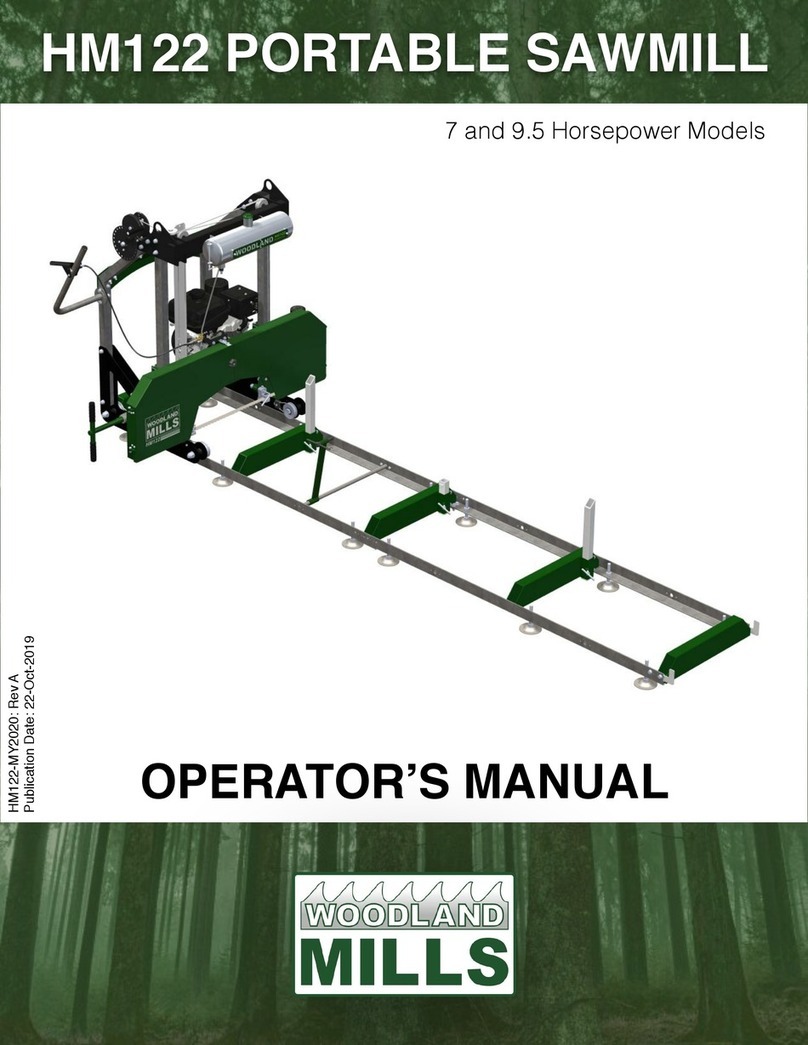Page 5of 43
PERSONAL SAFETY
•Stay alert, watch what you are doing and use common sense when operating a power tool.
Do not use a power tool while you are tired or under the influence of drugs, alcohol or
medication. A moment of inattention while operating power tools may result in serious
personal injury.
•Dress properly. Do not wear loose clothing, dangling objects, or jewelry. Keep your hair,
clothing and gloves away from moving parts. Loose clothes, jewelry or long hair can be
caught in moving parts. Air vents often cover moving parts and should be avoided.
•Use safety apparel and equipment. Use safety goggles or safety glasses with side shields
which comply with current national standards, or when needed, a face shield. Use as dust
mask in dusty work conditions. This applies to all persons in the work area. Also use non-skid
safety shoes, hardhat, gloves, dust collection systems, and hearing protection when
appropriate.
•Do not over reach. Keep proper footing and balance at all times.
•Remove adjusting keys or wrenches before connecting to the power supply or turning on
the tool. A wrench or key that is left attached to a rotating part of the tool may result in
personal injury.
•Never make blade guide adjustments, remove or install blades or conduct any other
maintenance or make any other adjustments when the engine is running. Always shut
the engine off, remove the ignition key, and keep the engine off before carrying out any of the
aforementioned procedures. Consult your engine manual for safe shutdown procedures to
prevent accident ignition.
TOOL USE AND CARE
•Always be sure operator is familiar with proper safety precautions and operation techniques
before using machine.
•Never touch the engine or muffler while the engine is on or immediately after it has been
turned off. These areas get hot and may cause burns.
•Always close fuel valve on engines when machine is not being operated.
•Avoid “kick-back” by knowing what conditions can create it.
•Do not force the tool. Tools do a better and safer job when used in the manner for which
they are designed.
•Never use the sawmill with a malfunctioning switch or throttle.Any power tool that cannot be
controlled with the switch is dangerous and must be repaired before using.
•Turn off the engine and place the switch in the locked or off position before servicing,
adjusting, installing accessories or attachments, or storing. Such preventive safety measures
reduce the risk of starting the power tool accidentally.


































